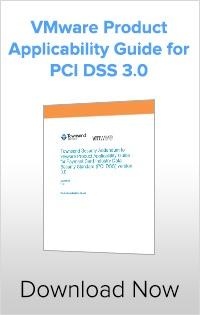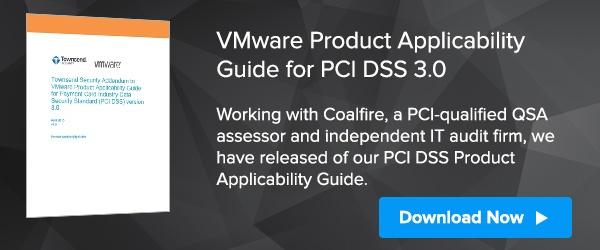 This is a guest blog by Nick Trenc, CISSP, QSA, PA-QSA, VCP. Nick is an IT Security Architect at Coalfire Labs.
This is a guest blog by Nick Trenc, CISSP, QSA, PA-QSA, VCP. Nick is an IT Security Architect at Coalfire Labs.
For those protecting the front lines of our credit card data in merchant environments, few other things keep those in charge (as well as IT administrators) awake at night than the threat of a breach. Questions often arise along the lines of: Will my company be able to survive? What can I do to protect myself? How do I prevent my company from being next? And how do I limit any losses should it happen to us?
 One of the key components to the protection of cardholder data at any merchant location is the use of strong cryptography along with just-as-strong cryptographic key management procedures. PCI DSS Requirement 3 outlines what the PCI council believes to be the baseline for strong cryptographic key management procedures and is a key element of any PCI DSS audit.
One of the key components to the protection of cardholder data at any merchant location is the use of strong cryptography along with just-as-strong cryptographic key management procedures. PCI DSS Requirement 3 outlines what the PCI council believes to be the baseline for strong cryptographic key management procedures and is a key element of any PCI DSS audit.
Successful key management with a strong cryptographic algorithm is the best place to start with getting encryption of your cardholder data correctly protected while it is contained within your environment. But key management can be confusing, difficult and downright impossible depending on the size of your environment. Figuring out if your keys are strong enough, or if they are rotated often enough or if they are protected from would-be hackers. On top of that, figure in the ever-increasing complexity of today’s business systems to include cloud, virtual computing, data mining, and others, the ability to quickly and easy manage encryption keys across several platforms and environments becomes key for PCI DSS compliance.
This is where a tool like Townsend Security's Alliance Key Manager (AKM) comes in to play. Available as a physical hardware security module (HSM), a cloud HSM, a virtual appliance (VMware) or in the cloud (AWS, Azure), Alliance Key Manager can help merchants meet PCI DSS requirements for encryption key management by creating, managing, and distributing AES 128-bit, 192-bit or 256-bit encryption keys all without the risks involved with clear-text key administration.
As a QSA, it is certainly encouraging to see a complete encryption solution that removes some of the worries of traditional manual clear-text key management procedures. AKM can relieve pressure to meet portions of PCI DSS Requirement 3 such as the need to render Personal Account Numbers (PAN) unreadable using strong cryptography with associated key-management processes and procedures (PCI DSS 3.4). It directly meets PCI DSS Requirement 3.5.2 to store keys within a secure cryptographic devices such as a HSM along with additional encryption requirements such as 3.6.2 – Secure Key Distribution, and 3.6.3 – Secure Key Storage. In addition, AKM can make PCI DSS Requirements 3.6.6 for Split Knowledge and Dual Control not applicable as there are no manual key-management operations involved. This (virtual) device is a useful cost-effective tool to help meet your PCI DSS compliance.
For more information on using AKM to meet PCI DSS compliance specifically within a virtual environment (but also applicable to most environments), please see the VMware Product Applicability Guide for PCI DSS 3.0 published by Coalfire Systems with collaboration with Townsend Security and VMware.

